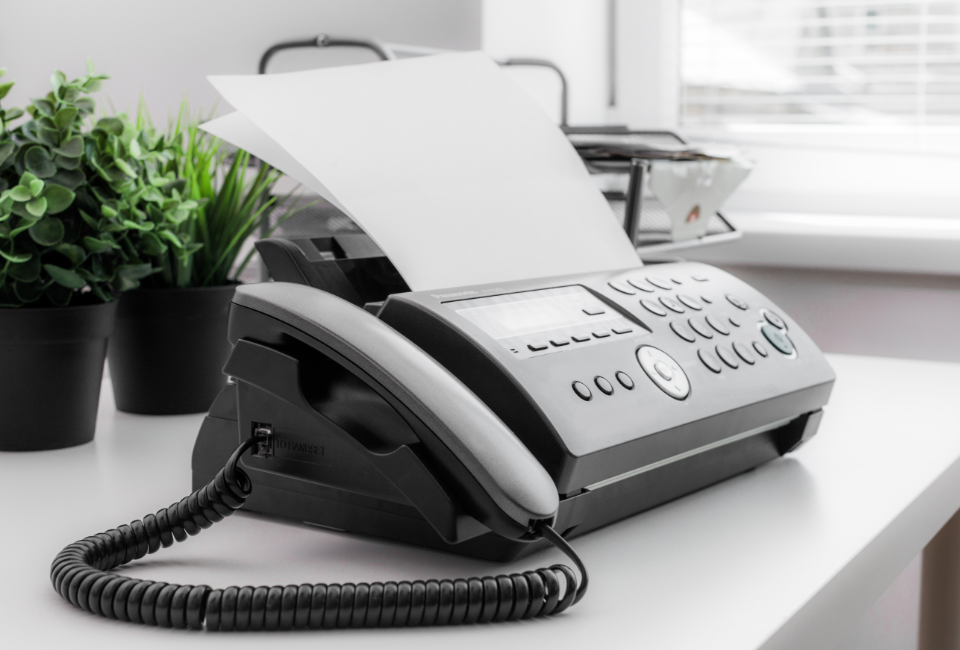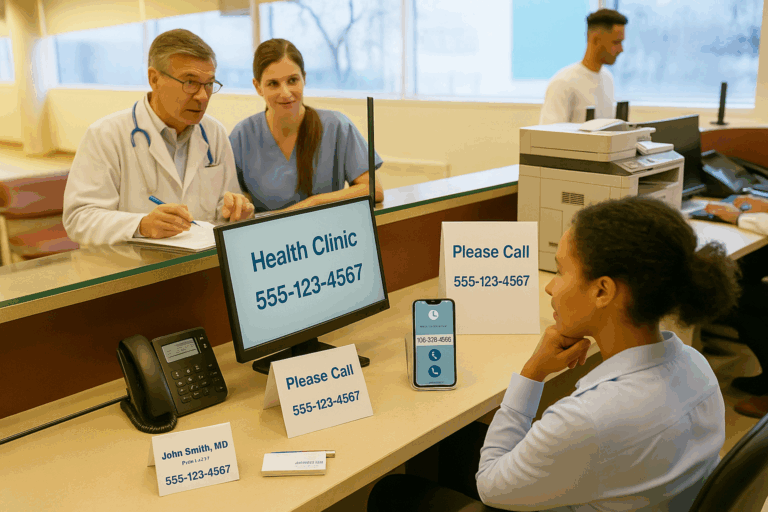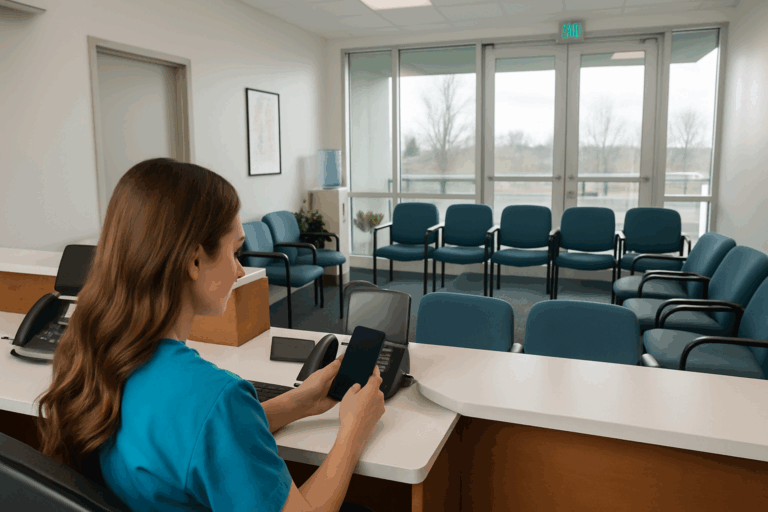So if fax machines are so frustrating why is it still the dominant form of communication used in medical offices?
When you walk into a doctor’s office you are likely always greeted by the artwork on the walls, a waiting area, and a receptionist sitting at the front desk. You hear the hum of hi-tech medical devices and know that if you are sent to another department for a referral your x-rays, ultrasounds, or MRI scans will be performed with cutting-edge technology offering some of the best digital results. Everything is modern and upscale.
But the disconnect happens when medical records and patient information needs to be shared across departments or other medical entities. These medical offices all turn to the outdated technology to send records – the fax machine.
One can speculate the many fiscal and cultural reasons a modern medical practice might still use fax. Some practices may be resistant to change or believe that fax is more secure than digital transfers like email. For whatever reason, medical offices still put up with the nuances of using fax machines even though most industries abandoned faxing in the 90’s.
This abandonment for digitalization happened with good reason. Fax machines are just downright really bad at transmitting data. There are busy signals, blurry print outs, paper jams, and sometimes faxes end up entirely at the wrong place.
One medical worker from Arlington Women’s Center recalls a fiasco when he practically sent medical records to outer space.
“The FBI called about a half-hour later and asked how I got the number,” he recalled. “I told them that I was faxing Minnesota. They told me I had faxed NASA.”
So if fax is so frustrating why is it still the dominant form of communication used in medical offices?
A Brief History
Between 2008 to 20015 there was a big push by government entities to push from paper to electronic records. On one hand, the program was a great success. The number of hospitals using electronic records grew from 9% in 2008 to 83% in 2015. But what this program didn’t fully account for was making sure systems could talk to one another.
At the end of the day, medical offices and hospitals ended up with software that could store their records but no secure way of electronically sending them to different practices that might be using different software. If modernization calls for killing the fax machine, what is needed are technology vendors who spend the time and effort creating platforms that can plug into other systems and are regulated according to HIPAA efax compliance.
Does This Type of Service Actually Exist?
Technology vendors are starting to catch on to this huge disconnect and every day new solutions are being created to help solve this problem. RingRx offers a fully secure and HIPAA efax. With this service, you will never have to print another document and can send efaxes from any computer or smartphone device. Since fax is still the baseline functionality, sharing information with other doctors, medical offices, labs, and pharmacies becomes an issue of the past.
Click here to start your free 30 day trial of RingRx.




